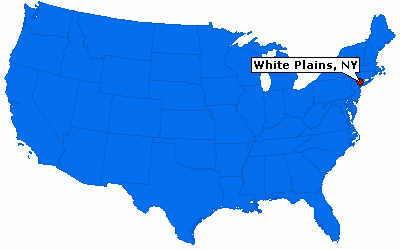
Plains are broad, nearly level stretches of land that have no great changes in elevation. Plains are generally lower than the land around them; they may be found along a coast or inland. Coastal plains generally rise from sea level until they meet higher landforms such as mountains or plateaus. Inland plains may be found at high altitudes.
Plant life on plains is controlled by the climate. Thick forests usually thrive on plains in humid climates, grasslands cover fairly dry plains such as the Great Plains in the United States. Plains are usually well populated because the soil and terrain are good for farming, and roads and railways are easily built between rural towns and cities.
A coastal plain is a stretch of lowland along a seacoast which slopes toward the sea. In most cases, such a plain may be an elevated part of the ocean floor. Solid materials are carried off by rivers or waves from other coastal plains; these materials are deposited along the shore extending the coast seaward. The Atlantic Coastal Plain is a good example of a fertile and well populated coastal plain. It lies along the eastern shore of North America from Nova Scotia to Florida. The sharp upward slope of the land along the plain's inland edge is called the fall line. Coastal plains generally have a few poor harbors, but the mouth of rivers along the Atlantic seacoast have produced some fine harbors.
A flood plain is the floor of a river valley beyond the riverbed. A flood plain is formed of mud, sand, and silt that are left behind when the river overflows its banks. These materials are carried off by the river as it erodes the land upstream. A river in flood conditions can carry a large amount of eroded material, which the overflow waters deposit onto the flood plain.











No comments:
Post a Comment